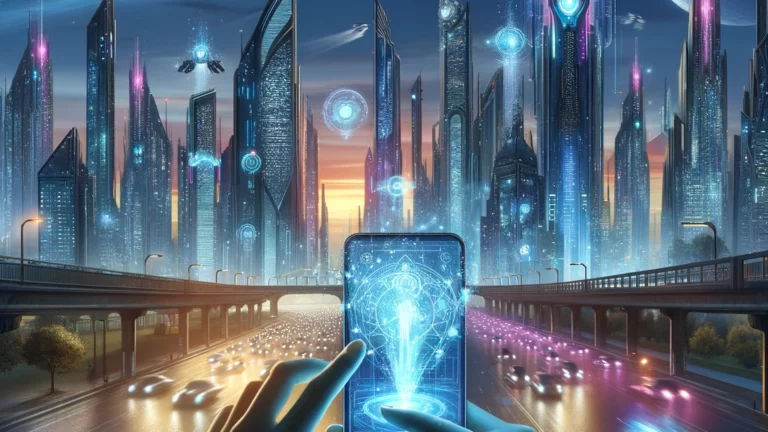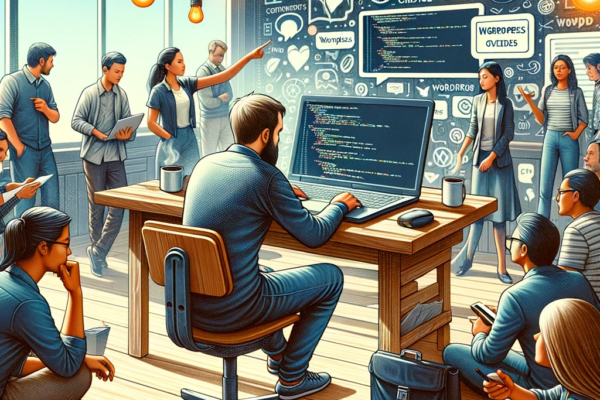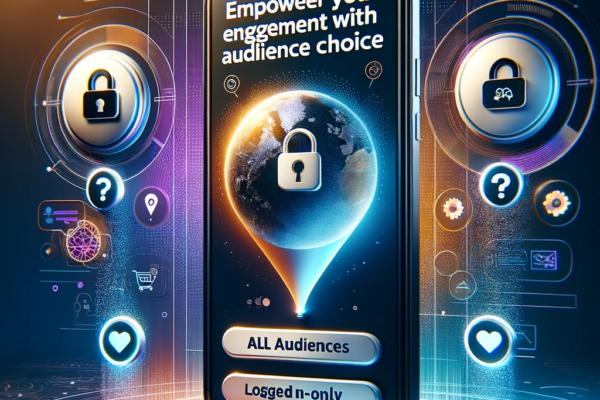I was recently reminded of Arthur C. Clarke’s three laws, the third law in particular. It is the best known and most widely cited of the three. It was originally published in a 1968 letter to Science magazine and later incorporated into the 1973 revision of Profiles of the Future. Clarke ‘s third law states:
Any sufficiently advanced technology is indistinguishable from magic.
In a recent interaction with OpenAI’s ChatGPT, I was astonished at the exchange. I know that on the other side of the input prompt is a machine and an algorithm. I know that. Yet the exchanges were “indistinguishable from magic.”
So, I thought that I would ask OpenAI’s ChatGPT to summarize Clark’s three laws. Here is what I got in response to my prompt for a summary:
Clark’s Three Laws
Arthur C. Clarke, a famous science fiction writer and futurist, formulated three laws that explore the relationship between science, technology, and society. These laws are meant to provoke thought and have often been quoted or alluded to in discussions about technology and the future. Here they are explained in a way that’s accessible to everyone:
- “When a distinguished but elderly scientist states that something is possible, he is almost certainly right. When he states that something is impossible, he is very probably wrong.”
- This law suggests that it’s risky to claim something is impossible, especially in science and technology. Older scientists might sometimes be skeptical of new ideas that challenge established theories, but history shows that many things once thought impossible were later proven possible. Clarke is reminding us that science is always evolving, and openness to new ideas is crucial.
- “The only way of discovering the limits of the possible is to venture a little way past them into the impossible.”
- Clarke encourages stepping beyond the known and the comfortable to discover what might be possible. By pushing the boundaries of what we understand, even into areas that might seem impossible at first, we can make new discoveries. This law is about the spirit of exploration and innovation.
- “Any sufficiently advanced technology is indistinguishable from magic.”
- This is Clarke’s most famous law. It means that technology that is far more advanced than what we currently understand might seem like magic to us. For someone who has never seen a smartphone, for instance, its capabilities would seem miraculous. This law highlights how advancements can radically shift our understanding and expectations of what is possible.
Clarke’s laws are a blend of optimistic speculation about human ingenuity and a caution against assuming too much about the limits of what we can achieve. They encourage a mindset that is open to new possibilities and the continual reevaluation of what we consider to be true or possible.
The Different Between Technology and Magic
Technology and magic both evoke a sense of wonder, yet they are fundamentally different in their nature and applications.
Technology involves tools and techniques developed through systematic research and practical application. It’s rooted in the real and observable world, with processes that can be replicated and predictions that can be tested.
Magic on the other hand, is often associated with the supernatural and mystical. It relies on unexplained forces and phenomena that do not adhere to the laws of nature as we understand them.
While technology solves problems and creates devices that improve our daily lives, magic invokes a sense of mystery found in stories, myths, and entertainment.
Powered By Magic
When I say something like “it’s powered by magic” I am usually being playful and want to use a metaphor to express how something works. I often invoke “it’s powered by magic” when the device or technology – the internet, a cellphone, or now ChatGPT – are complex and not easily explained to someone else.
The phrase captures the awe and wonder, the feeling you have when you experience something you’ve never seen before. Consider the wonder our prehistoric ancestors would have if they suddenly found themselves confronted with a train, a plane, or an automobile. They wouldn’t have the vocabulary to name the objects, let alone any comprehension of how they worked. It would be supernatural. It would be magic.
Is ChatGPT Magic?
As explained earlier, magic refers to supernatural phenomena, things that are beyond scientific understanding – something fantastical. While ChatGPT might seem “magical” because of its ability to understand and generate human-like text, is founded upon contemporary technology, operates based on the laws of mathematics and computing rather than the mystical laws of magic. Responses seem uncanny, leaving us to be mystified by the answers produced.
Experts in the field can explain the sophisticated machine learning techniques and the computations behind ChatGPT responses. Unlike magic, Large Language Models (or LLMs) use training, input processing, prediction, output generation, and learning and feedback to “work their magic”. When ChatGPT works its magic, it often seems effortless or mysterious. Our ability to describe the process that is ineffective becuase it is not immediately obvious as to how it achieved such remarkable results, i.e., it must be magic.
Final Thoughts
As we continue to weave our way through the labyrinth of technology and its marvels, it is increasingly clear that the line between the tangible and the mystical is as thin as a whisper. In this age of wonder, we find ourselves on the brink of new possibilities. This is not one where spells and enchantments rule, but one where science and imagination seamlessly melded with a magical symphony of bytes and beliefs. As we step forward with curiosity and wonder, for in every moment of understanding, the universe whispers back a little more of its secrets, each one more enchanting than the last.
#ArthurCClarke #TechMagic #FutureTech
About the Author
Stephen Howell is a multifaceted expert with a wealth of experience in technology, business management, and development. He is the innovative mind behind the cutting-edge AI powered Kognetiks Chatbot for WordPress plugin. Utilizing the robust capabilities of OpenAI's API, this conversational chatbot can dramatically enhance your website's user engagement. Visit Kognetiks Chatbot for WordPress to explore how to elevate your visitors' experience, and stay connected with his latest advancements and offerings in the WordPress community.





